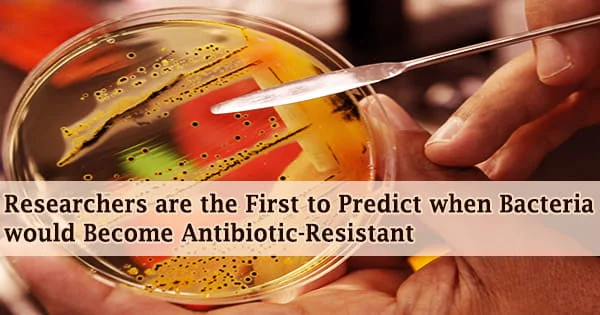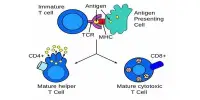Phytochromes are photoreceptor proteins found in plants and other creatures that play an important role in sensing and responding to light. These proteins are found in plants, bacteria, and fungi. They respond to light in the red and far-red areas of the visible spectrum and are classified as either Type I (activated by far-red light) or Type II (activated by red light). They are required for many plant processes, notably those associated with growth and development.
Recent research suggests that phytochromes can potentially operate as temperature sensors, as higher temperatures promote their deactivation. All of these variables influence the plant’s capacity to germinate. Phytochromes are known for their ability to absorb both red (R) and far-red (FR) light and come in two interconvertible forms: Pr (phytochrome red-absorbing) and Pfr (phytochrome far-red-absorbing). These two forms have distinct biological functions and are in charge of mediating various light-induced plant responses.
Here are some key features and functions of phytochromes:
- Light Perception: Phytochromes absorb red light (660-680 nm) in their Pr form and convert it to Pfr. They also absorb Pfr light (about 700-730 nm) and transform it back to Pr.
- Seed Germination: These are important in seed germination, especially in breaking seed dormancy. When seeds are exposed to red light, phytochromes are converted to the active Pfr form, boosting germination.
- Photomorphogenesis: These are critical for managing different elements of plant development in response to light conditions, such as stem elongation, leaf expansion, chlorophyll production, and branching. These processes are influenced by the Pfr/Pr ratio.
- Photoperiodism: These are involved in the plant’s ability to sense day length (photoperiod) and initiate flowering in many plant species. The photoperiodic response is crucial for seasonal adaptation and reproduction.
- Shade Avoidance: When plants are in competition for light, phytochromes help them detect changes in light quality and quantity. They initiate elongation of stems and petioles to reach higher light levels.
Many elements of plant development are controlled by phytochromes. They control seed germination (photoblasty), chlorophyll synthesis, seedling elongation, the size, shape, number, and movement of leaves, and the timing of blooming in adult plants. Phytochromes are found in a variety of tissues and stages of development. Cryptochromes and phototropins, which respond to blue and ultraviolet-A light, are also plant photoreceptors, as is UVR8, which responds to ultraviolet-B light.
Phytochromes are members of a wider family of photoreceptor proteins in plants, and they are encoded by a gene family that includes several members. Different phytochrome isoforms may play slightly different functions in many aspects of plant development and growth. Understanding how plants sense and respond to light is critical for agriculture, horticulture, and ecological studies, hence studying phytochromes and their roles is critical.
















